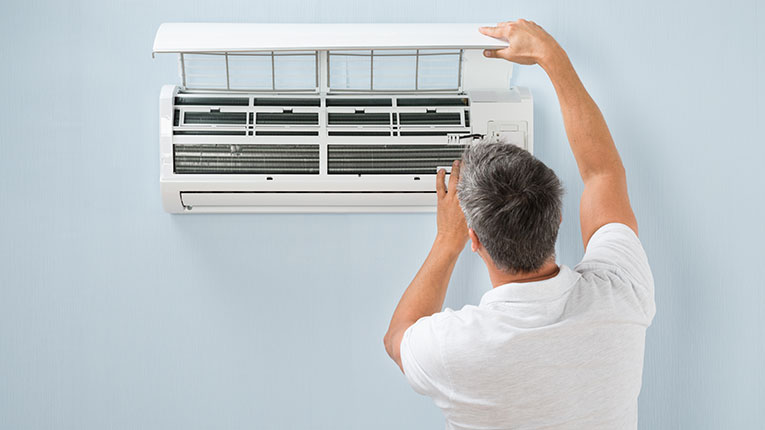Energy poverty no longer means only the impossibility of ensuring a comfortable temperature in the home in winter, but also in summer. The more intense and more frequent heat waves, against the backdrop of climate change, can amplify energy poverty during the summer, i.e. the impossibility of some consumers to optimally cool their home. The most vulnerable categories are the elderly, children, in general people with low incomes who live in homes with a low degree of energy efficiency, which become real “ovens” under the impact of hot temperatures, according to the latest analysis of the Romanian Energy Poverty Observatory (ORSE).
Also, people who live in more populated and densely built-up areas of cities, more affected by the so-called “urban heat island” phenomenon, where temperatures tend to be significantly higher than in rural areas, are also more exposed to this risk.
Summer energy poverty can amplify social disparities, having a negative impact on the health of those affected. “The impact of heat waves also extends to mental health. Recent studies have explored the link between high temperatures and increased violence or suicide rates,” notes an InfoClima analysis. With around 75% of Europeans living in cities, the potential health threat is huge.
“Up to 19% of EU households reported being too hot during the summer. This is an important issue given the recurrent heat waves in Europe,” according to CORDIS, a service of the European Commission. Although energy poverty is a widespread phenomenon across the EU, countries in southern and eastern Europe experience deeper energy poverty than elsewhere, mainly due to lower incomes.
Romania: Law on the vulnerable consumer, incomplete
The impossibility of cooling the home is included in the definition of energy poverty in Romania, as established by Law no. 226 of September 16, 2021 regarding the establishment of social protection measures for vulnerable energy consumers:
“Energy poverty – the impossibility of the vulnerable consumer, i.e. the single person/family who, for reasons of health, age, insufficient income or isolation from energy sources, requires social protection measures and additional services to ensure at least their minimum energy needs , defined as follows: the minimum energy consumption of a single person/family for lighting, optimal cooling and heating of the home, supporting cooking facilities and providing hot water in the home, using means of communication that require the use of energy or powering medical devices to support life or to improve people’s health”.
Law 226 / 2021 also established that “the minimum consumption limit is established by order of the Minister of Labor and Social Protection, based on the data made available by the National Energy Regulatory Authority, as well as by the National Institute of Statistics”. However, as the experts of the Romanian Energy Poverty Observatory (ORSE) previously reported, even now these minimum energy needs have not been established by the responsible authorities.
EPAH: 2 out of 10 Romanians could not keep their home cool. Only 4% had air conditioners
“Summer energy poverty is a growing concern in the EU and is still an overlooked problem. Combined with information on the property of cooling systems and energy consumption patterns for space cooling, this indicator can be useful for a comprehensive understanding of summer energy poverty vulnerabilities,” says the European Commission, on a platform of indicators that measure energy poverty among member states.
One of the indicators analyzed is the share of the population living in comfortably cool homes during the summer, based on the question “Is the cooling system efficient enough to keep the home cool?” and/or “Is the home sufficiently insulated against heat?”. The results were detailed in the report “Energy poverty. Perspectives on national indicators for more effective measurement,” published in October 2022 by the Energy Poverty Advisory Hub (EPAH), a body of the European Commission.
The data from this report show that in Romania only 80.4% of the population lived in sufficiently comfortable homes during the summer, slightly above the European average of 79.1%, as can be seen from the graphs below. They are based on the latest available data, collected in 2012, with an update planned for 2023.
Regarding the indicator that analyzes the share of the population living in houses equipped with air conditioners (fans being excluded), in Romania the percentage is only 4.9% of the population, i.e. less than half of the EU average of 10.1 %. The data was collected in 2007, but is the latest available.
